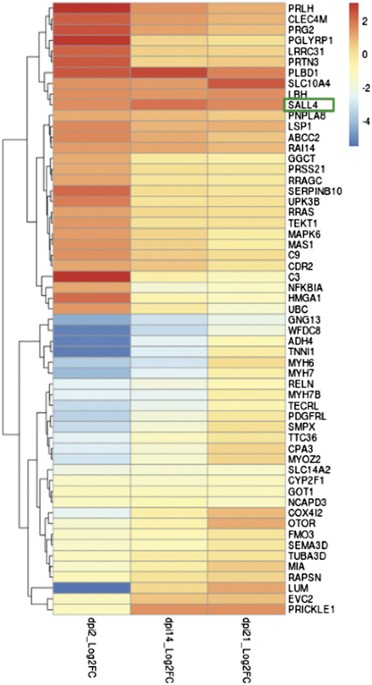I did see the other thread after I posted. It appeared to be a similar injury, but mine possibly not as severe. After doing extensive research and consulting with my professor from my amphibian embryology days, I have decided to fridge her and do a 1hr per day soak in kanaplex(kanamycin) using the dilution on the package.
I based this plan on the information in the U of K article:
and by advice from my old professor who said kanaplex is frequently used on amphibians in lab settings It is broad spectrum and very strong so I decided on a 1 hour soak(also mentioned I. U of K article) vs a continual dose in the water.
Her wound does not appear infected and there appears to be an active blood supply in the leg. There is a small amount of necrotic skin, but I am going to leave it for now so as not to stress her with surgery.
Interestingly I found this article on wound healing in Axolotls and how it is different than humans:
A protein previously implicated in stem cell maintenance helps the Mexican axolotl salamander regenerate its skin after injury. Karen Echeverri and colleagues from the University of Minnesota, Minneapolis, USA, analyzed gene expression patterns at different time points during wound healing in...

www.nature.com
Compared to humans..."In contrast, the Mexican ‘Axolotl’ salamander is able to fully regenerate the skin after major wounding.
7–
10 Previous work shows that at the end of the wound healing process in axolotls collagen remodelling and wound bed closure is complete, and the skin is restored to normal functionality. Thus, a common hypothesis is that axolotl and human have differing molecular mechanisms of cutaneous wound healing that directs towards scar-free regeneration in axolotls versus reparative scar prone healing in humans.
Until now, some interesting differences in the wound healing processes between these two species have been established. For example, a major difference between axolotls and humans is the speed at which re-epithelialization of the wound occurs.
7,
9–
11 In axolotls this process occurs directly after injury; whereby keratinocytes migrate over the fibrin clot to close the wound within 24 h. Once the wound is covered, the keratinocytes will start to proliferate to thicken the epidermis. In contrast, human keratinocytes at the leading edge of the wound will hyperproliferate and then migrate under the fibrin clot to close the wound ~ 1 week after wound formation."



